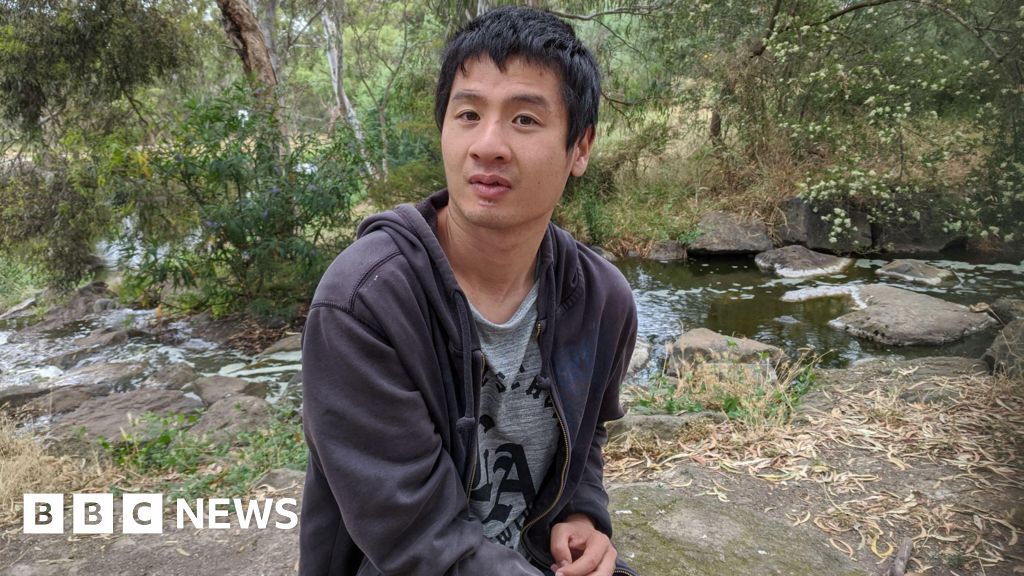Facilitated communication was created in 1977 by Australian disability advocate Rosemary Crossley, who died last year and left a complex legacy. To those who knew her, she’s remembered as champion for “people with little or no functional speech”.
But others say her communications invention - and her formidable defence of it - were misguided and harmful. It is still used worldwide, despite being widely criticised.
The first notable subject to use facilitated communication was Anne McDonald, a non-verbal Australian woman with cerebral palsy, a severe intellectual disability, and no control over her limbs.
At the time, Crossley claimed that McDonald - then 16 - could communicate by pointing at magnetic letters while Crossley supported her upper arm.
Within weeks McDonald was spelling out whole sentences and doing fractions, despite having no formal education and being institutionalised since age three.
Some of Crossley’s colleagues expressed surprise that McDonald, who’d never read, could suddenly write eloquent prose, and cite literary references, when her arm was held by the highly educated Crossley.
One who raised questions was the institution’s head paediatrician and psychiatrist Dr Dennis Maginn, who wouldn’t validate Crossley’s communication theory without independent testing.
Advocates insist it is a miracle tool, one which gives disabled people a voice.
But a growing chorus of experts, families and even former facilitators want it banned, due to research indicating that the likely author of the messages is the facilitator, not the communicator.



Am I reading this right? The “tool” was magnetic letters and she was able to point at them by supporting her arm?
Who would believe that to be anything other than a ouija board for the living?